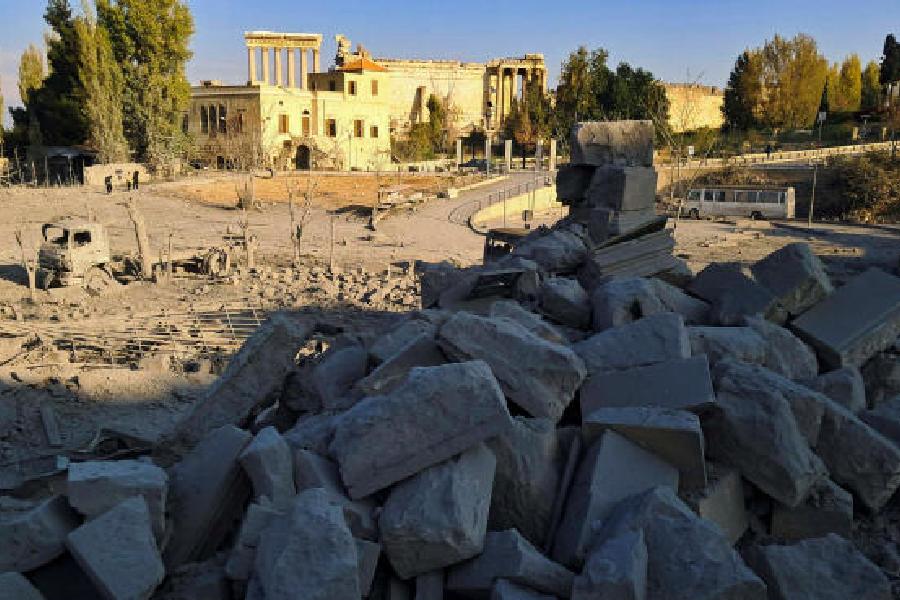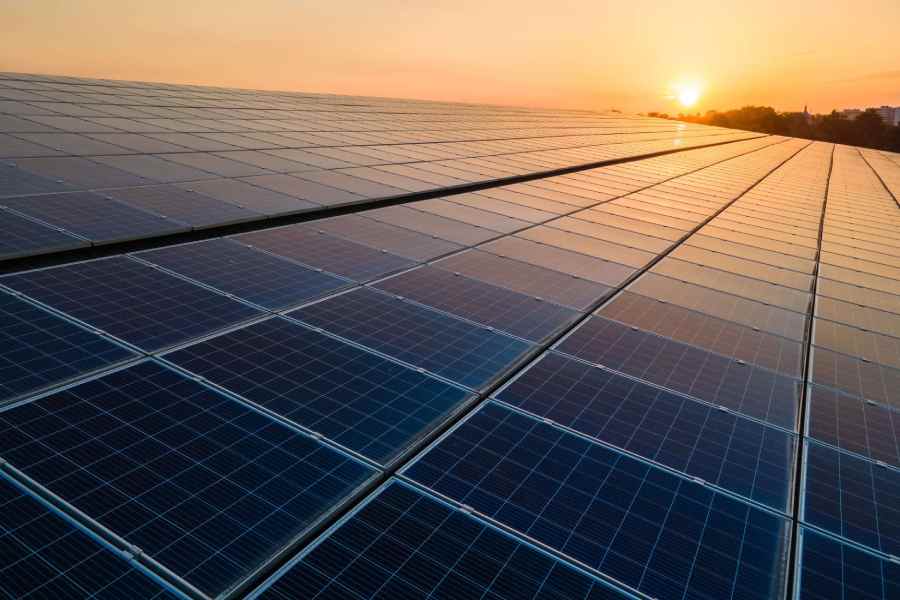For Mohammad Kanso, the ancient Roman temples of Baalbek felt like home.
The 2,000-year-old ruins, the pride of Lebanon and considered some of the grandest of their kind in the world, were his childhood playground. When he grew up, he got the same job his father had, running the lights that illuminate the towering columns at night.
But as Israeli airstrikes crept closer to the site, his family was forced to flee earlier this month. Days later, a missile landed yards away from the temple complex, obliterating a centuries-old Ottoman-era building.
“My entire world went black,” said Kanso.
Israel’s offensive against Hezbollah has triggered a humanitarian crisis. Almost a quarter of Lebanon’s population of about five million has been displaced and more than 3,700 people have been killed, according to Lebanon’s health ministry, which does not distinguish between civilians and combatants. But it has also gravely threatened the tiny Mediterranean nation’s antiquities, a shared source of pride in a country long divided by sectarian strife.
The temple complex of Baalbek, which is listed by Unesco as a World Heritage Site, is just one of the sites that are at risk. Archaeologists, conservationists and even the Lebanese military are now racing to protect thousands of years worth of Phoenician, Roman, Byzantine and Ottoman treasures.
Last week, Unesco placed 34 cultural sites in Lebanon under what it calls “enhanced protection”, a measure that defines an attack on them as a serious violation of the 1954 Hague Convention and “potential grounds for prosecution”.
But many antiquities are not on the list, and some have already been damaged or destroyed by Israeli strikes, according to Lebanese officials and the UN, including historic churches and cemeteries, centuries-old markets and castles from the Crusades.
Even as cautious optimism mounts around a potential cease-fire deal, much of Lebanon’s heritage has already been irrevocably lost, and the sheer scale of the destruction remains unclear. Lebanon’s cash-strapped government would be forced to juggle the extensive cost of restoration with a deepening humanitarian crisis, and there remains uncertainty over whether a truce could hold and how restoration of these sites would fit in.
“They are destroying memory,” said Joanne Farchakh Bajjaly, a Lebanese archaeologist who runs Biladi, an organisation focused on preserving the country’s heritage. She compared the damage from Israeli strikes to that carried out by the Taliban in Afghanistan and the Islamic State in Iraq.
When asked whether Israel deliberately targets cultural sites, the Israeli military said in a statement that it strikes in Lebanon only when necessary, adding that sensitive sites are taken into account during military planning and that each “goes through a rigorous approval process”.
The Lebanese military has another mission: protecting the country’s treasures.
Gen. Youssef Haydar is spearheading these efforts. He leads a specialist regiment that has been transporting artefacts out of the country’s hard-hit south, including some dating back to the Roman and Byzantine civilisations.










